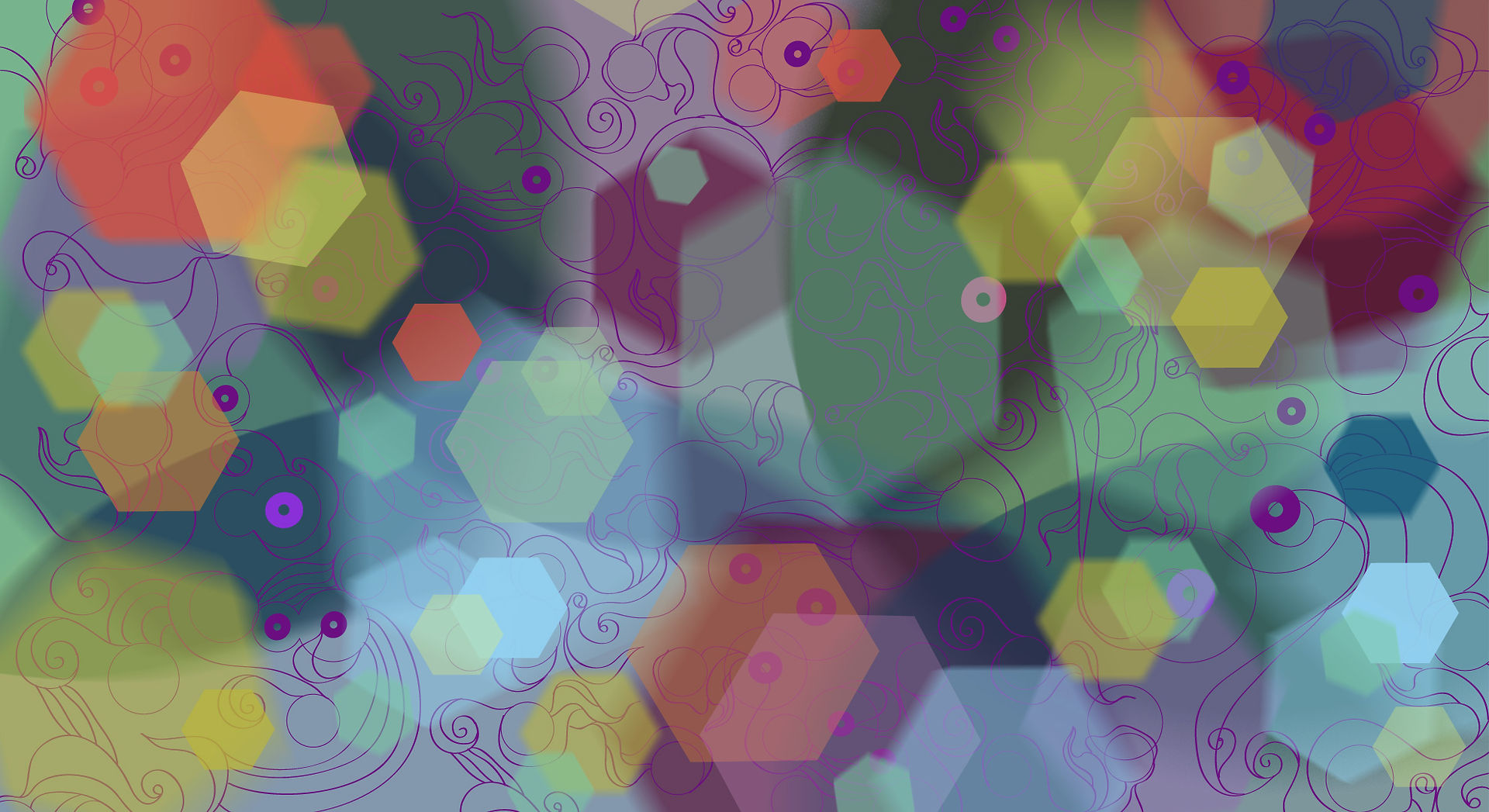RISK taking is essential to "Good" art!
- Lindsay Parris
- Jun 7, 2016
- 3 min read

"He who works with his hands is a laborer."
"He who works with his hands and his head is a craftsman."
"He who works with his hands and his head and his heart is an artist."
~Francis of Assisi
I first saw this quote in the form of a hand painted mural on the wall at Trim Tab Brewery in downtown Birmingham. A fellow artist (and graduate of UAB's art program many moons ago), Bo Hughins painted it. It really hit home. I often push students to take risks in their art and "challenge themselves." I remember even after college telling everyone, including myself, that I was an abstract artist and that the reason I worked more abstractly is because that is where my style and vision resided. Maybe that was true, maybe not. I do know that when I took a figure drawing class while in graduate school my confidence and skill level skyrocketed and all of a sudden more representational figures and images flooded into my visual repertoire. For so long I would get frustrated when the visual images locked in my brain could never realize themselves on paper or canvas the way that I had imaged them. So, I was never happy with them. I think that because the process of art making is such therapy to me, I didn't want to muddy up the process with risk taking and challenging myself. However, after I broke through this mindset and realized not all art is supposed to "look good." and that the process and connections that are happening in my brain are as valuable if not more valuable than the final product I finally became the artist I had always wanted to be.

Art should be personal, if it's not it is probably boring. Even if it is painful or hard to be vulnerable enough to put yourself out there in the way you have to when you take risks, I promise the pay off is totally worth it! The beauty is that you will learn more about yourself in the process too.


There is a great article by the National Endowment for the Arts titled "The Art of Failure: the Importance of Risk and Experimentation." In the article many successful writers, playwrights, and more are interviewed about the topic of risk taking and what role it plays in their artistic practices. Every one of them has a close relationship to risk and failure. I often say to students that you learn more from your mistakes than if you got it right the first time. And the older I get the more I realize that the real innovators and avant-garde people of the world were seen as failures in their beginnings. That makes sense when you think about it. If something is new and different it doesn't fit in to the status quo and therefore is often rejected by the general public.

I have been watching the Netflix documentary series "Chef's Table" and this program highlights world renowned chefs around the world who are doing unique and beautiful things with food. So much so that I usually am in tears before the end. Not the sad tears of mourning, but tears of beauty and bewilderment. One of the themes that keeps repeating with each chef's story is how many of them were ridiculed and seen as a failure in the beginnings of their careers. In fact, if they hadn't pushed through the scorn and failure and listened to their creative spirit within (instead of conforming to the public and the expected) we wouldn't be watching a documentary about them today. Sometimes the public doesn't know what they want in the form of art because they are numb to the mundane-ness of everyday life and the repetitive nature of what they are used to. As artists I think it is our job to shock both ourselves and our audiences out of the monotony. You can't accomplish that if you don't break out of your own comfort zone and TAKE A RISK! I saw a t-shirt once while I was traveling that said "Art should comfort the disturbed and disturb the comfortable." I totally agree!




























Comments